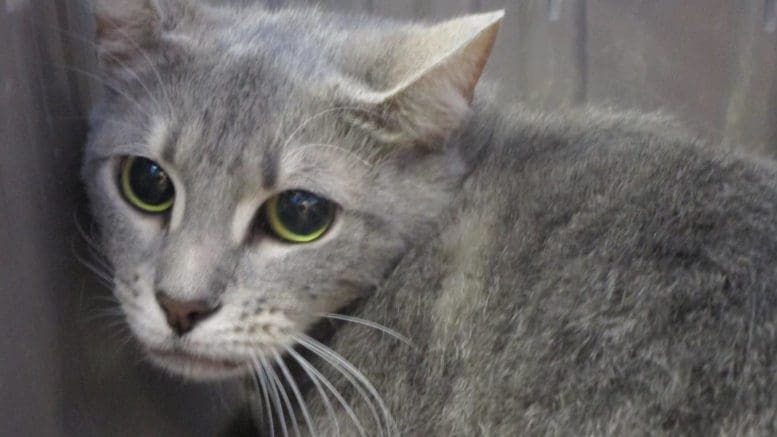by Inger Eberhart, Cobb County Department of Public Safety, Communications Specialist
As pet owners in the picturesque surroundings of Cobb County, Georgia, we relish the beauty of our outdoor spaces. However, it’s essential to recognize that some of the lush flora that graces our environment can pose a threat to our beloved cats and dogs. Familiarizing yourself with toxic outdoor plants is a crucial step toward ensuring the safety and well-being of your furry companions.
The American Society for the Prevention of Cruelty to Animals (ASPCA) maintains a comprehensive database of plants that are potentially harmful to pets. Let’s explore a few of these toxic plants that could be present in Cobb County and learn how to keep our pets out of harm’s way:
1. Sago Palm (Cycas revoluta)
This popular ornamental plant can be found in many gardens across Cobb County. However, its seeds contain a toxin called cycasin that can cause severe liver damage in both cats and dogs. Ingestion of any part of the plant can lead to symptoms like vomiting, diarrhea, and even liver failure.
2. Azalea (Rhododendron spp.)
Azaleas, with their vibrant blooms, are another common garden addition. However, these flowers contain grayanotoxins that can lead to symptoms such as drooling, vomiting, diarrhea, and even cardiovascular issues in pets.
3. Oleander (Nerium oleander)
Oleander’s attractive appearance belies its high toxicity. Ingesting any part of this plant can cause severe reactions in pets, including gastrointestinal issues, heart problems, and even death.
4. Autumn Crocus (Colchicum autumnale)
Often mistaken for the benign spring crocus, the autumn crocus is highly toxic. Ingestion can lead to gastrointestinal distress, kidney and liver damage, and even respiratory failure.
5. Lilies (Lilium spp.)
Lilies are highly toxic to cats, causing kidney failure even in small amounts. Both indoor and outdoor varieties pose a risk, so it’s best to avoid them entirely if you have feline friends.
6. Castor Bean Plant (Ricinus communis)
Commonly used for ornamental purposes, the castor bean plant contains ricin, a potent toxin. Ingesting even a small amount of its seeds can lead to severe symptoms, including abdominal pain, vomiting, and in extreme cases, death.
These are just a few examples of toxic plants that could be present in Cobb County’s outdoor spaces. To ensure the safety of your pets, familiarize yourself with the complete list provided by the ASPCA. If you suspect your pet has ingested a toxic plant, contact your veterinarian or an emergency animal hospital immediately.
In our pursuit of creating beautiful outdoor spaces, let’s not forget the well-being of our four-legged companions. By educating ourselves about potentially harmful plants and taking proactive measures to prevent our pets from encountering them, we can enjoy the beauty of Cobb County’s natural surroundings while keeping our furry friends safe and sound.
Sources:
Toxic & non-toxic plant list: Dogs: https://www.aspca.org/pet-care/animal-poison-control/dogs-plant-list
Toxic & non-toxic plant list: Cats: https://www.aspca.org/pet-care/animal-poison-control/cats-plant-list





